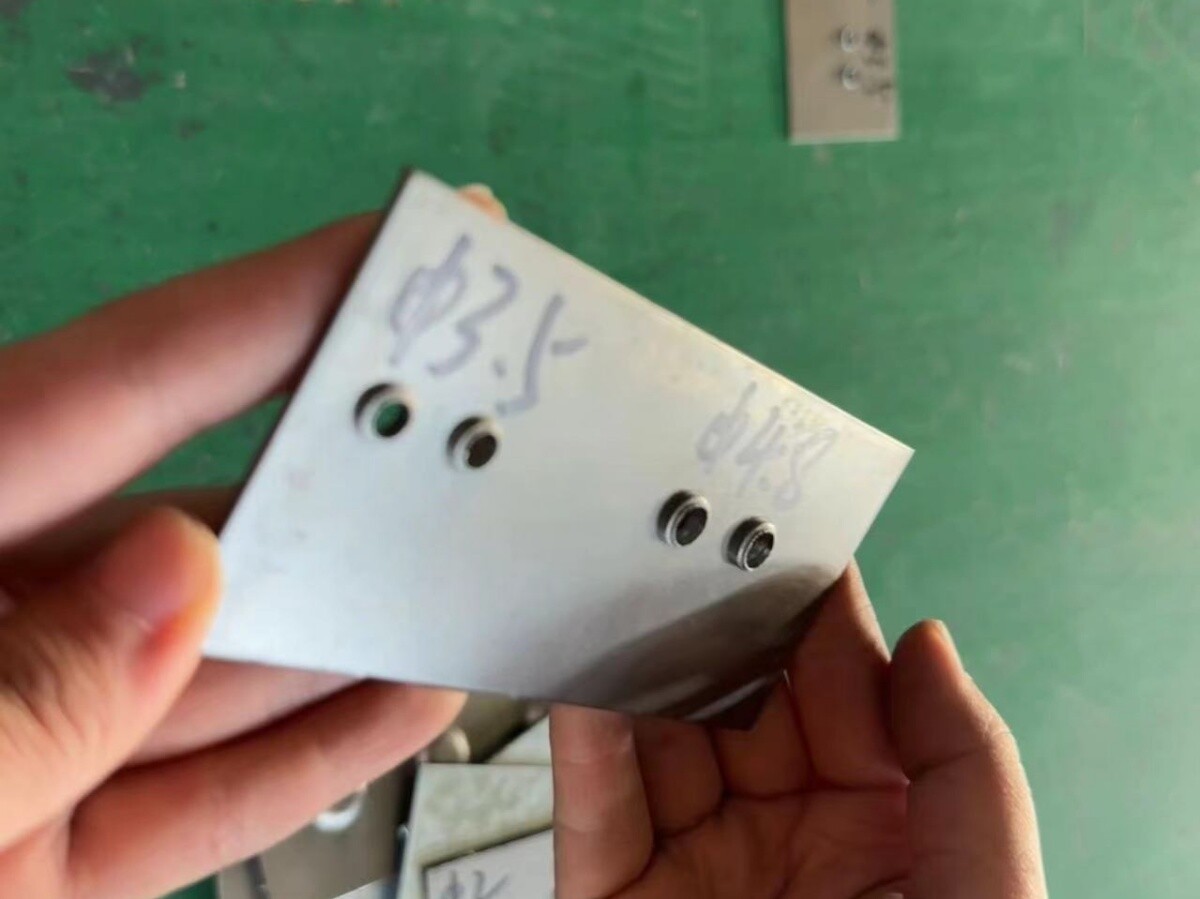NEWS
Punching and flanging is a critical step in the metal stamping process, which is usually prepared for subsequent tapping or other processing operations. When using CNC turret punching machine for these operations, it is particularly important to ensure the quality of the flanging hole. Although CNC turret punching machine has advanced processing capabilities, in order to fully realize its potential, some key factors need to be paid attention to so as to ensure the high quality of punching and flanging. The following are the key points to achieve the best punching and flanging quality with CNC turret punching machine.

1. Control The Degree Of Deformation Of Single Flanging
CNC turret punching machine is known for its high precision, but it is still crucial to control the degree of deformation in single flanging operation. Usually, the process starts with pre-punching a hole in the workpiece, and then forming an upright flange on the edge of the hole. This process will produce tangential tensile deformation, especially near the edge of the hole, which will cause the material to thin and even crack. To avoid this, excessive deformation should be avoided during single flanging. If the required flange height is high, it is recommended to gradually achieve it through multiple incremental flanges to reduce stress concentration and ensure stable quality.
2. Reasonable Setting Of Flange Coefficient
When using CNC turret punch presses, the flange coefficient (K value) is a key parameter. It represents the ratio of the hole diameter before flange to the hole diameter after flange. A higher K value means less deformation, which reduces the risk of cracking at the hole edge. Conversely, a lower K value means greater deformation and an increased possibility of defects. To maintain high-quality output, ensure that the flange coefficient remains within the permissible range. Factors affecting the flange coefficient include material type, quality of pre-punched holes, and design of the flange punch.
3. Control The Flange Height
When using CNC turret punch presses, the flange height should be controlled within the limit of the material. Exceeding this limit may cause quality problems such as edge cracking. If the flange height required by the design exceeds the limit, the flanging operation should be performed in steps. For example, for small hole flanging, a flanging method with thinned walls can be used; for large hole flanging, this can be achieved by first drawing and then punching the bottom hole to ensure the integrity of the material.
4. Ensure The Quality Of Pre-Punching
The quality of pre-punching has a significant impact on the success of the flanging process. CNC turret punches are able to accurately produce high-quality holes, but it is particularly important to ensure that these holes are free of burrs. Holes without burrs usually have a smaller flanging limit coefficient, which is conducive to the formation of neat flanging. If the hole has burrs, it may increase the risk of edge cracking, especially when a smaller flanging coefficient is required. If burrs are unavoidable, flanging with the burr side facing up can reduce the risk of cracking.
5. Optimize The Radius Of The Flanging Punch
When performing the flanging operation of pre-punching holes, the radius of the punch is critical to the quality of the flanging hole. A larger punch radius can reduce the force required for flanging, resulting in smoother edges and higher overall quality. Ideally, the punch should be designed with spherical or parabolic radii, which helps minimize material stress during flanging.
6. Adjust Die Clearance
CNC turret punch presses allow for precise control of die clearance, which is key to reducing material shrinkage deformation during flanging. If the gap between the punch and the die is too large, the material may not fit well with the die during flanging, resulting in excessive shrinkage and residual bending deformation. Optimizing the die clearance can improve the quality of the flanging hole and reduce the need for additional subsequent processing.
7. Pay Attention To The Thickness Change Of The Vertical Edge Mouth
During the flanging process, the deformation of the material is mainly concentrated in the radius area of the die. The material at the vertical edge mouth is subjected to tensile stress, resulting in tangential elongation deformation and may cause local thinning of the material. If this thinning exceeds the material's limit elongation, it will cause rupture. The smaller the flanging coefficient, the more obvious the thinning phenomenon and the higher the risk of defects. Therefore, during the flanging operation, the thickness change of the vertical edge mouth must be carefully monitored to prevent material rupture.
Although CNC turret punch presses offer superior punching and flanging capabilities, careful control of process parameters is still required to ensure high-quality results. By controlling the degree of deformation, optimizing the flanging coefficient, and accurately setting die parameters, manufacturers can significantly improve the quality of flanging holes. These machines, with the right process guidance, can transform the punching and flanging process from a potential challenge to a stable and efficient manufacturing method. Follow these guidelines to fully realize the potential of CNC turret punch presses and ensure precision and consistency in every operation.
Leave A Message
If you are interested in our products and want to know more details, please leave a message here, we will reply you as soon as we can.
